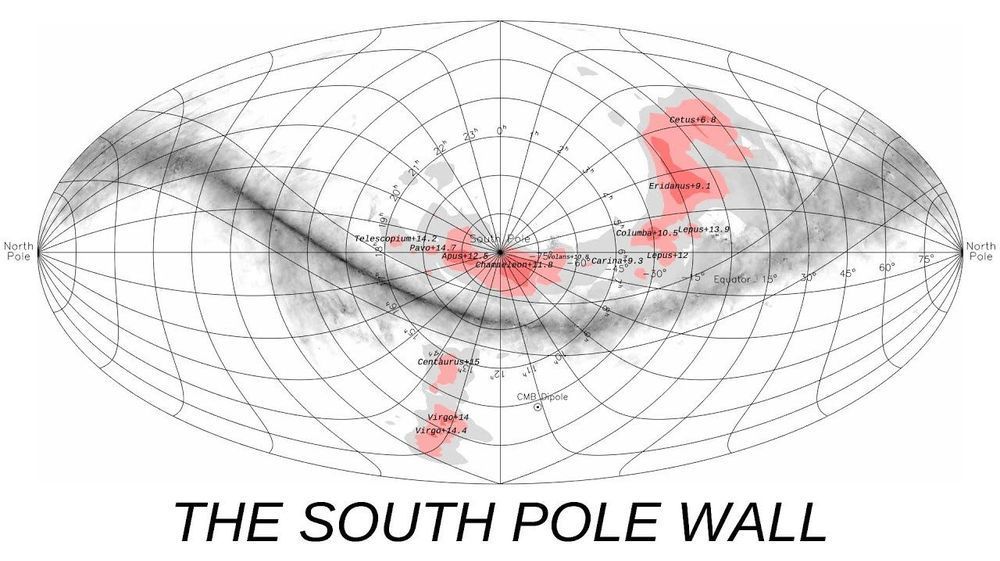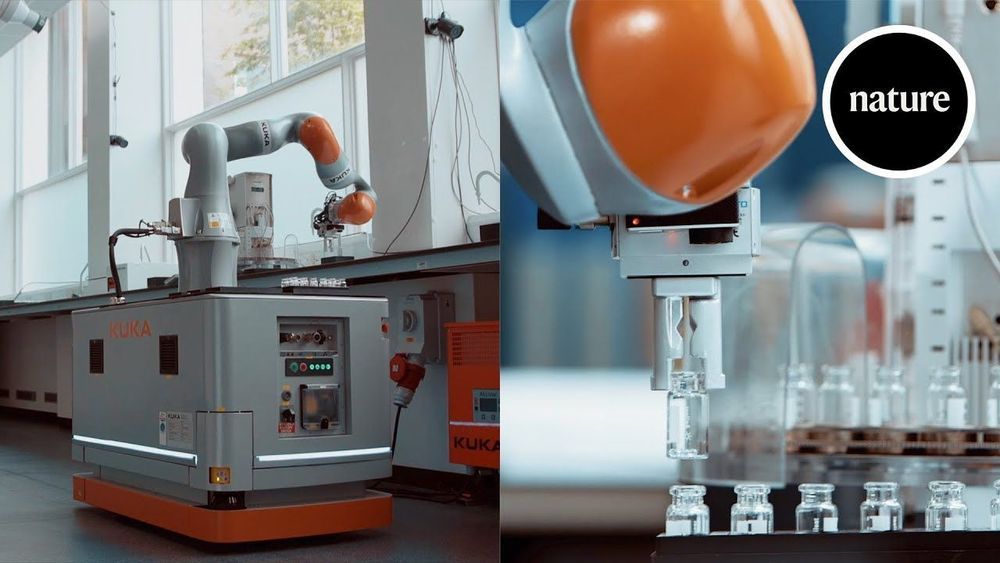Jul 14, 2020
Lifespan.io Launches Lifespan News
Posted by Montie Adkins in categories: biotech/medical, genetics, life extension
In this premier episode of Lifespan News, Brent Nally discusses Unity Biotechnology’s human trials of novel senolytic drugs, including a Phase 2 human trial of a senolytic drug for knee osteoarthritis; two proteins that allow LDL cholesterol to enter our cells; Ponce de Leon Health and epigenetic age reversal; the reason why naked mole rats are so resistant to cancer; XPrize adding longevity to its impact roadmaps; and a promo code for Ending Age-Related Diseases 2020, our upcoming online conference.
You can get your ticket to EARD2020 at https://www.eventbrite.com/e/ending-age-related-diseases-202…4918805703


















